When students graduate with their advancing technology degree, they become leaders and innovators in their fields. While attending UAT, students create Student Innovation Projects (SIP), which are a state school’s equivalent of a master’s thesis but are way more fun and end up being prominent projects in the student’s portfolio when they graduate and enter the workforce.
Check out the wide variety of technology innovation coming from the brilliant students at this top technology University. Dig deeper into any of the advancing technology degree programs by seeing what students are creating at the edge of innovation or check out our notable faculty, degree program blogs and alumni highlights.
Students officially start their student innovation project during their sophomore year. Although, from the moment students begin at UAT and as soon as they are engaged in projects and competitions, students start thinking about ideas for their SIP. That way, during their sophomore to early junior year, students have a short list of emerging technology topics that they want to investigate further as a part of developing their innovation.
Students must successfully complete their working innovation and present it to the UAT community before graduation. Ideally, students complete their SIP as they wrap up their junior year (around 90 credits earned), so that there is time to use the resources UAT offers to further refine their innovation into something market viable.
Students who have successfully completed all student innovation project requirements are invited to demonstrate their MVP (minimum viable product) at our end-of-semester SIP Showcase. We invite students, faculty, staff, family and the local community to join us in celebrating student achievements on campus and virtually. Students with market-ready SIP inventions are encouraged to pursue continuing development of their inventions in their final semesters. Some students are even invited to present their project to a private panel of investors, business owners and tech professionals for support, resources and capital!
Each student has within their respective major a group of Subject Matter Experts (SME). The SMEs, along with the lead SIP instructor, help guide each student innovation project toward completion through scheduled presentations, meetups, email, video conferencing and messaging apps. Additionally, students have access to events and industry professionals who can provide ideas and feedback on their innovations and Program Support Specialists who provide tutorials and one-on-one support as needed.
As a starting point, students can use a project that originated while studying in high school. If approved by a UAT SME, students can take their high school (or work experience) idea and build it out further into something that is market ready, innovative and potentially very interesting and useful. Pre-existing projects cannot be under NDA (Non-Disclosure Agreement) nor owned by any other organization.
SIPs must be safe, legal and not violate the ethical standards expected of all members of the UAT community. Part of selecting a SIP topic is determining its viable scope against realistic resources of time and materials. All students are required to conduct extensive research on "prior art," which is any existing products or services in the marketplace to avoid infringement. SIPs are working alphas that demonstrate MVP aspects—the technology is not expected to be polished and ready to be sold or deployed at the time of project completion. Also, UAT won’t fund a laser cannon particle accelerator to complete your SIP. Students generally use what is available in labs and what they individually bring to the project in order to prepare their innovation.
UAT provides substantial technology resources to its students for educational and creative uses. While students own the intellectual rights to their inventions, they grant the University a non-exclusive, royalty-free license to use, copy, display, describe, mark-on, modify, retain or make other use of the student’s work. For full details of UAT’s intellectual property policies, please refer to the University Catalog: www.uat.edu/catalog.
Inspired by the damage to a custom-built PC, project Enforcer is a secure shipping container, equipped with surveillance technology and aims to protect high-value items during transit.
Enforcer safeguards your valuables by creating a secure, climate-controlled environment. Its airtight seal, thermal resilience, and automatic pressure release valve protect against environmental hazards and pressure damage.
READ THE FULL ARTICLE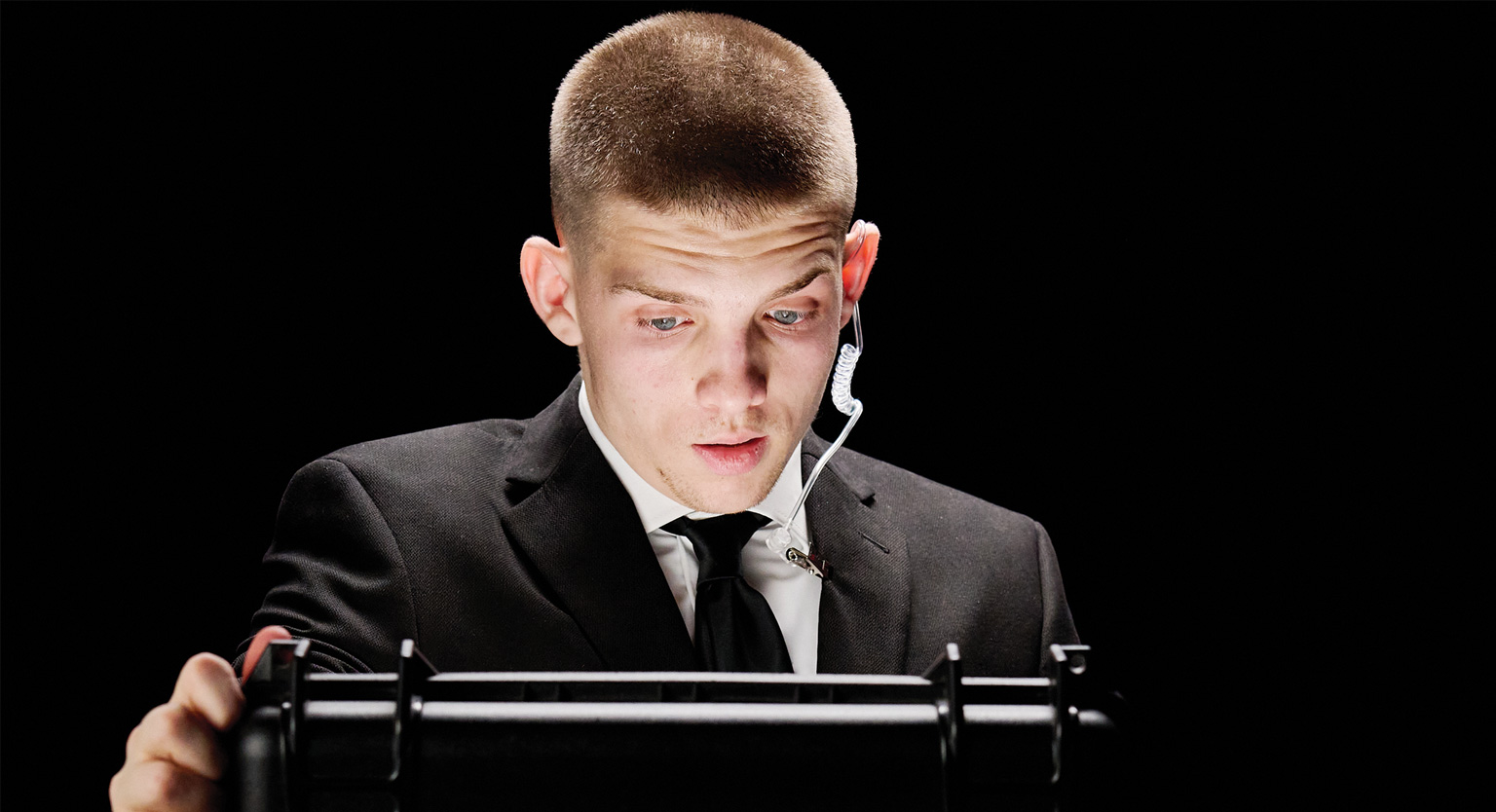
PROJECT LEAD:
Christopher Perme, Network Security and Technology Forensics
A passion for zombies, role-playing games, and drawing led to the creation of Macabre Gambit, an interactive physical comic book set in a post-apocalyptic world.
Macabre Gambit offers a unique reading experience by blending the physical format of a comic book with the interactive elements of a role-playing game. Readers make choices that influence the story’s outcome.
READ THE FULL ARTICLE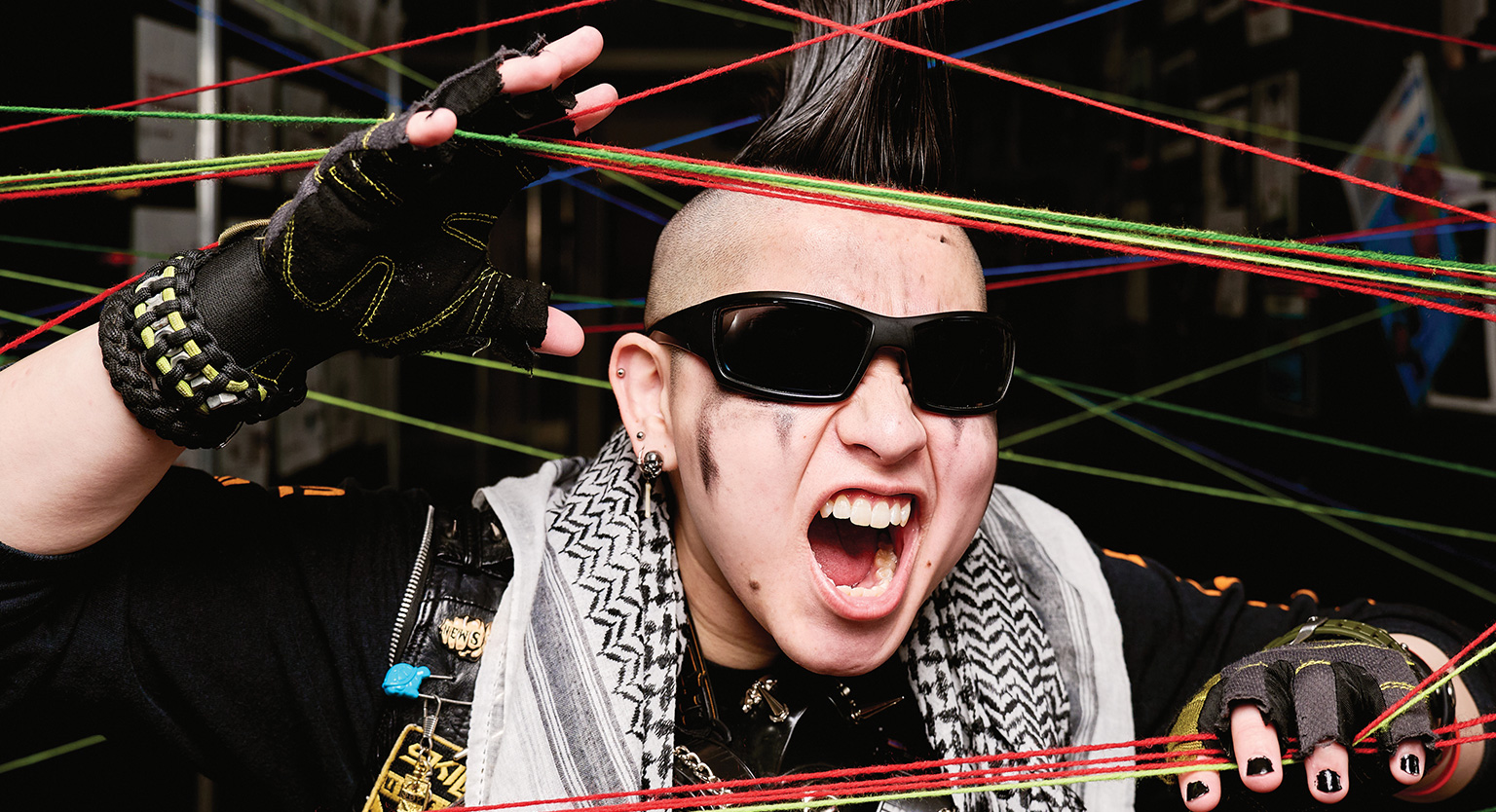
PROJECT LEAD:
Miriam “Pike” Garcia, Game Art and Animation
Stimulated by classic gaming and Eastern influences, the game incorporates a unique rhythm-based monster-taming game blending retro and modern aesthetics.
Wumu Melody features a distinctive art style that combines retro pixel art with modern 3D lighting effects, creating a visually appealing and innovative gaming experience.
READ THE FULL ARTICLE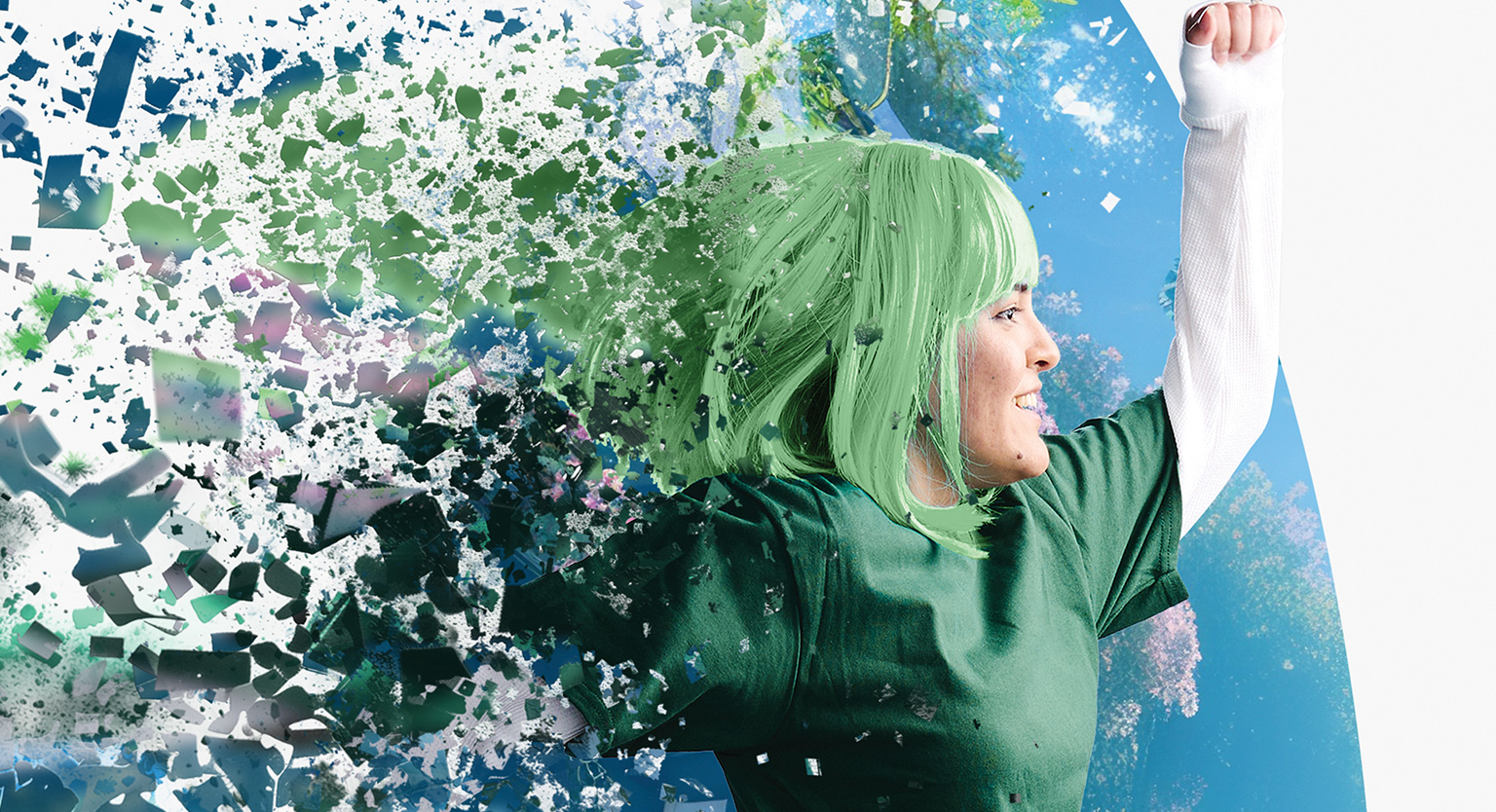
PROJECT LEAD:
Bianca Magaña, Game Art and Animation
Motivated by personal experiences and a desire to honor a family member’s legacy, FemInspire was born. A social media app to connect and empower women in STEM.
FemInspire disrupts traditional mentorship models by creating a dedicated platform for women in STEM to connect, share experiences, and find support, addressing the underrepresentation of women in these fields.
READ THE FULL ARTICLE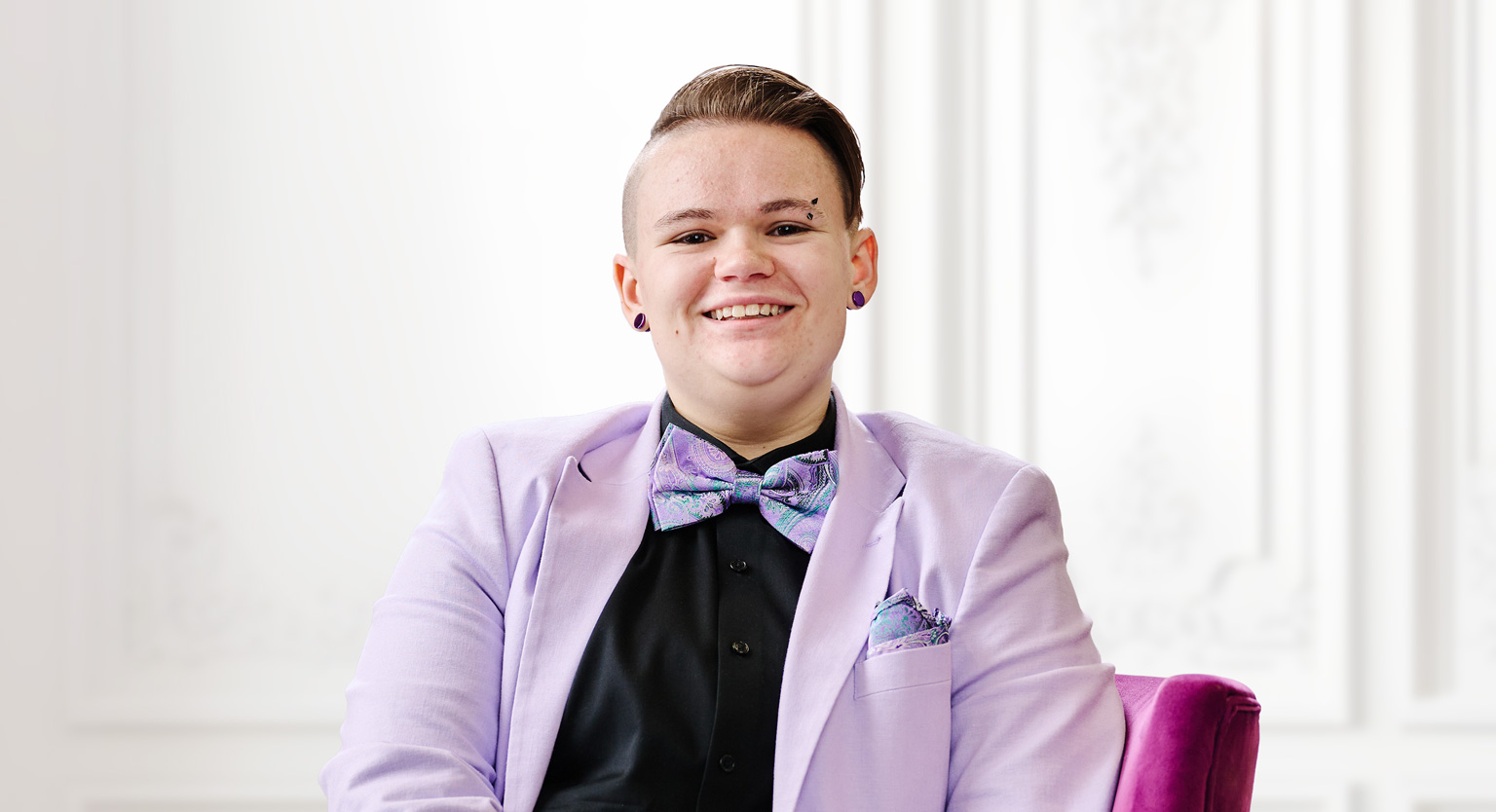
PROJECT LEAD:
Hope Thoms, Game Design
Built on a foundation of construction knowledge, Liberty’s Estimation Station allows contractors and others taking on complex projects the opportunity to form an accurate and dynamic total cost estimate.
By using past data, Liberty’s Estimation Station can not only build a project cost estimate but can also calculate predicted changes in prices of essential building materials.
READ THE FULL ARTICLE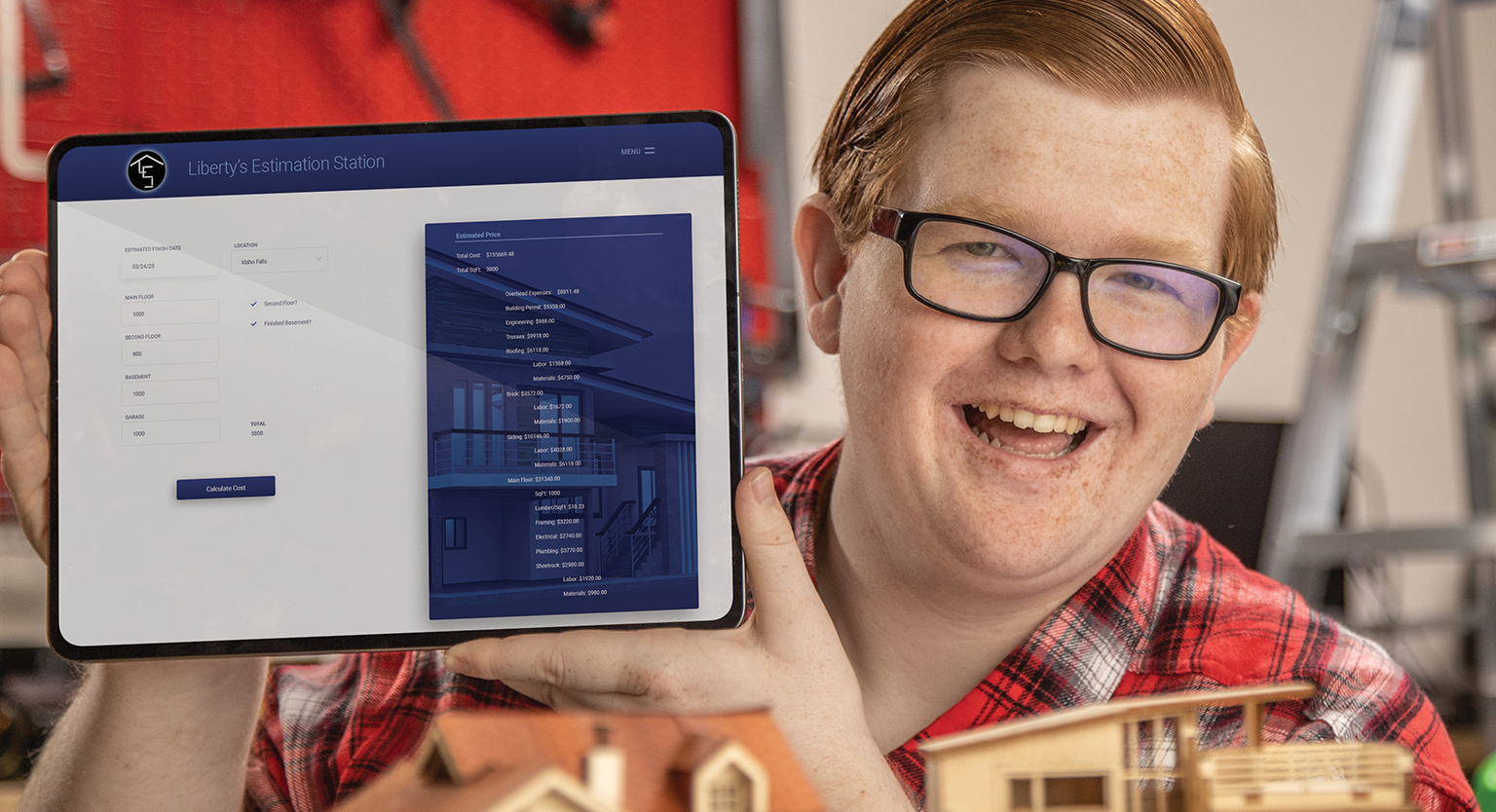
PROJECT LEAD:
Hyrum Johnson, Game Programming
Real Time Molding takes Virtual Reality (VR) and Augmented Reality (AR) to a new level. Not only can users interact with objects in a virtual environment, they can now change those virtual objects and impact their imagined reality like never before.
Within the VR space, users can shape and customize existing objects, which will then dynamically adapt to their inputs in real time.
READ THE FULL ARTICLE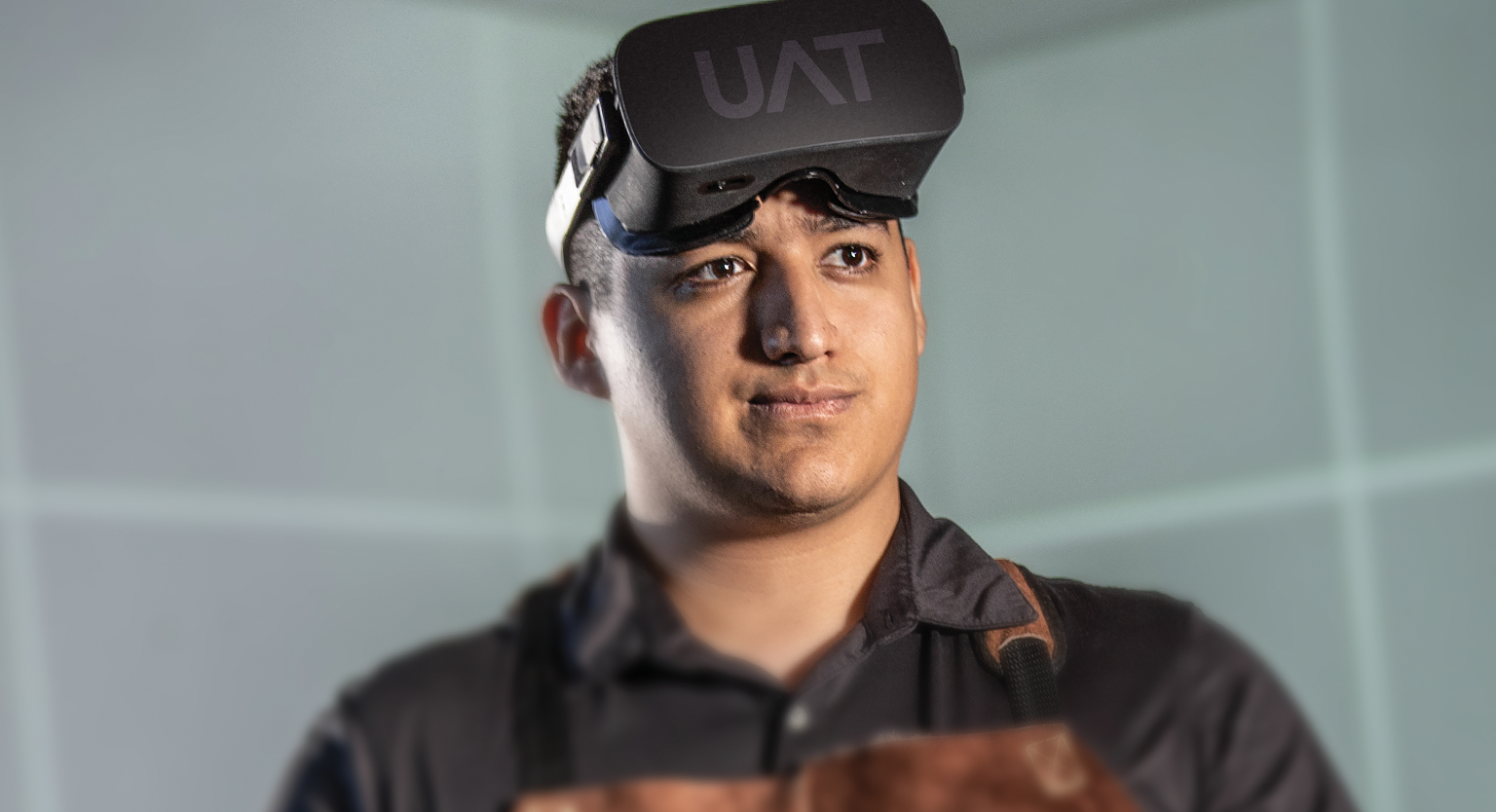
PROJECT LEAD:
Victor Robles, Virtual Reality
Men's style can be mystifying for many — that's where Eros comes in. This AI-powered chatbot serves up fashion advice and specific style recommendations for any season or occasion. Named after the Greek god of love and desire, Eros leads the fashionably clueless and does it with sass and flair.
This chatbot not only offers up fashion advice but was prototyped to offer a customized experience and specific outfit recommendations that are generated based on user input regarding their personal wardrobe.
READ THE FULL ARTICLE
PROJECT LEAD:
Rico Garcia, Robotics & Embedded Systems
Alexander AI is a stocks prediction tool built using social media, artificial intelligence, machine learning and multiple programming languages. This complex project is able to predict stock values by analyzing public posts and formulating a mean sentiment score.
Unlike most stock prediction tools which use world events, news headlines and other factors to form predictions, Alexander AI is the first app to use social media posts to make stock value predictions.
READ THE FULL ARTICLE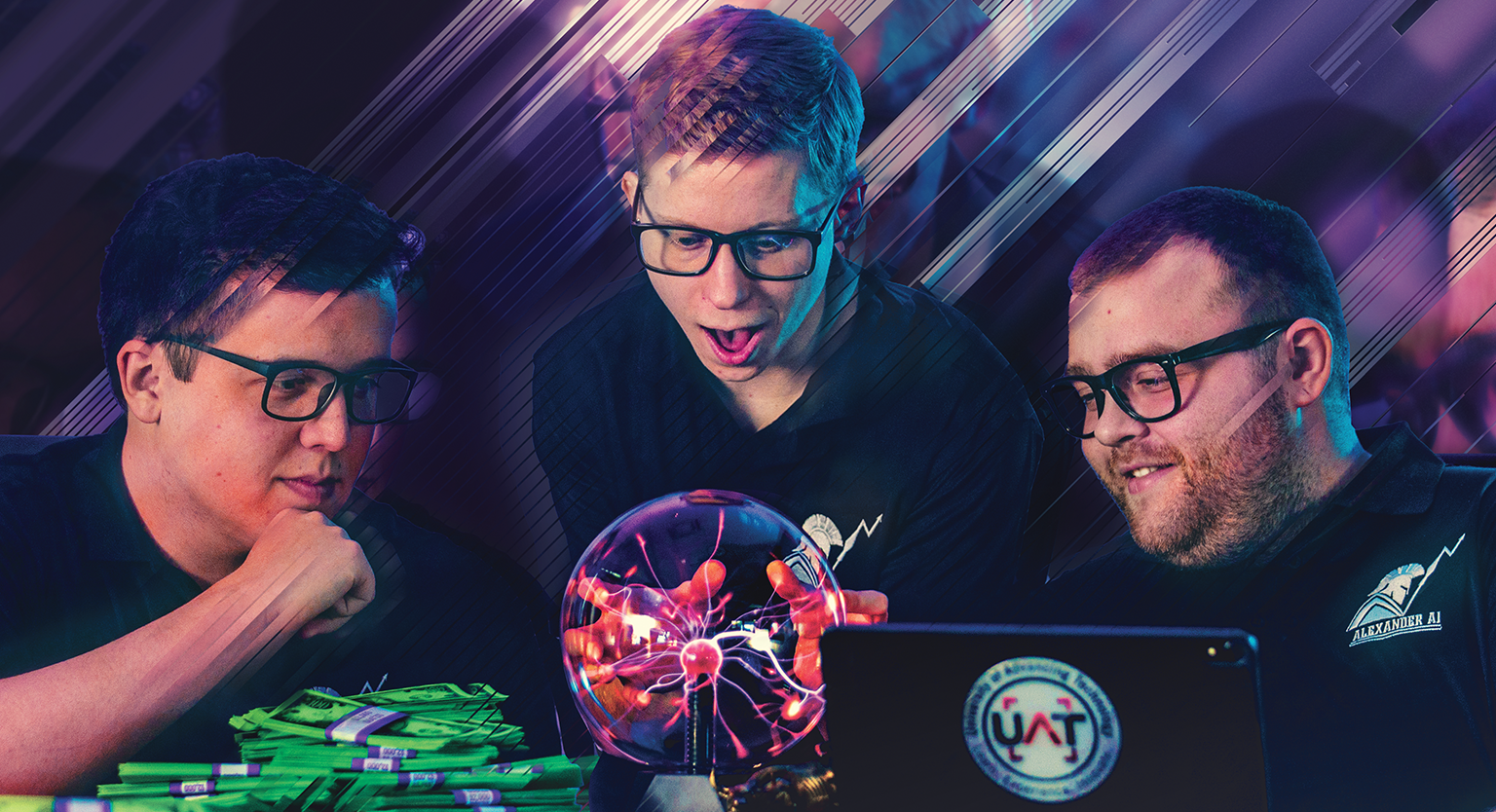
PROJECT LEAD:
Chris Tomaskovic, Advancing Computer Science, Artificial Intelligence
Hunter DeVries-Ramirez, Network Security
Anthony Shank, Advancing Computer Science
Narrative gameplay is taken to the next level of immersion with Control Your Emotions, a video game that factors in the player’s emotional state to the story and game outcome. The non-playable character (NPC) starts in a neutral state, which then changes based on the player's feelings and reactions in real time.
Control Your Emotions allows player's real-time emotions to enter the gameplay experience, impacting the outcome of the game through procedural generation.
READ THE FULL ARTICLE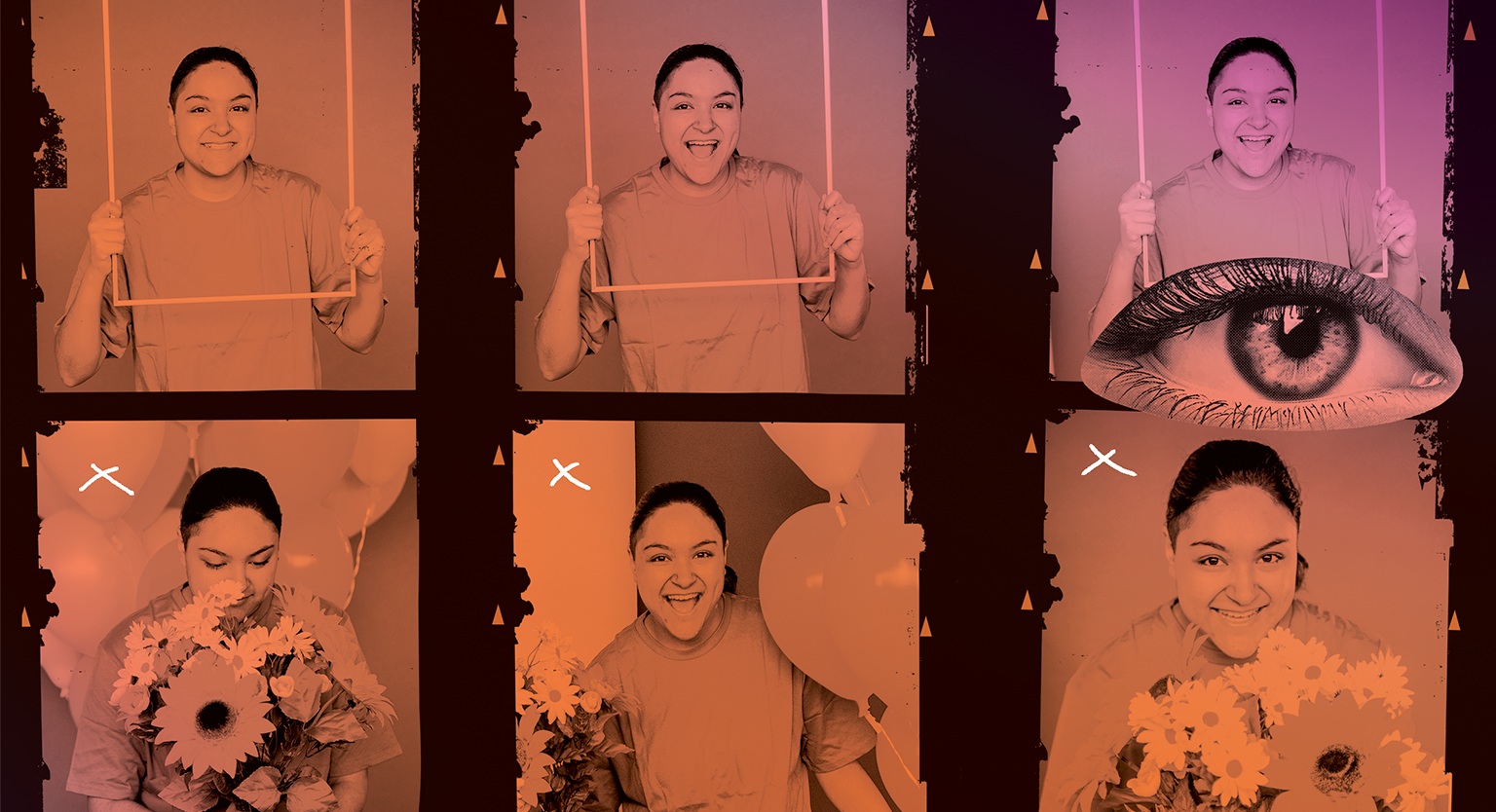
PROJECT LEAD:
Hanna Richards, Game Design, Game Art and Animation
COLLABORATORS:
Alec Carter (2021, Game Programming)
The Minifig Bin is a mobile app that enables collectors to catalog and keep track LEGO minifigures. Within the app, users can add different minifigures to their profile and view collector information, such as what year the minifigures were released and what set they appear in.
This is the only app out there solely dedicated to minifigure collectors.
READ THE FULL ARTICLE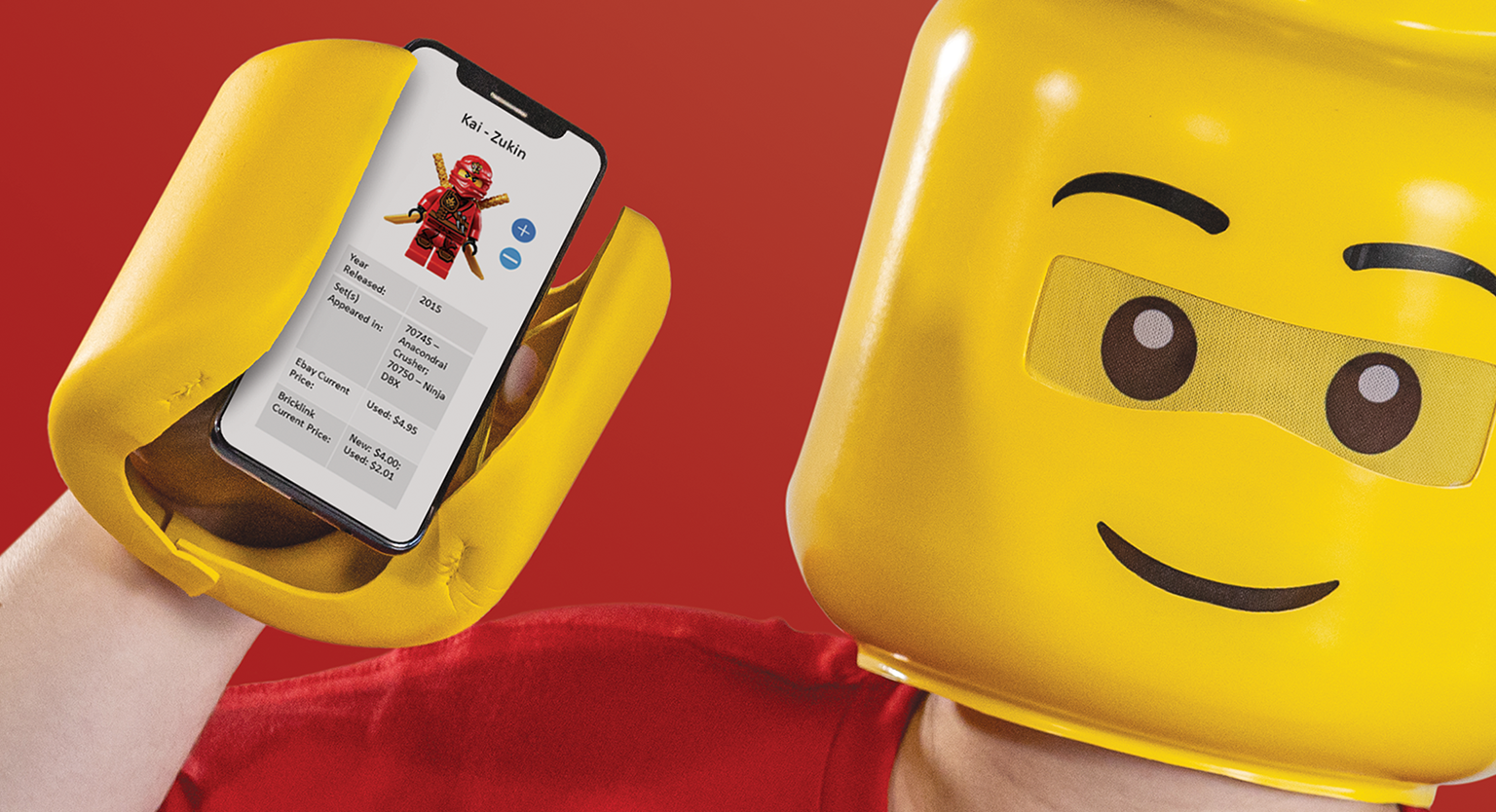
PROJECT LEAD:
Zack Driscoll, Game Programming
A horror inspired video game, The Madness Project focuses on taking two states of mind and shifting the environment between them. As players explore the environment, their character becomes restless as paranoia eats away at the mind. Find the graveyard to rest and gain back your sanity.
With a focus on environmental storytelling, this concept can be used to visualize karma or honor systems, enabling the world to change to meet how the character perceives it.
READ THE FULL ARTICLE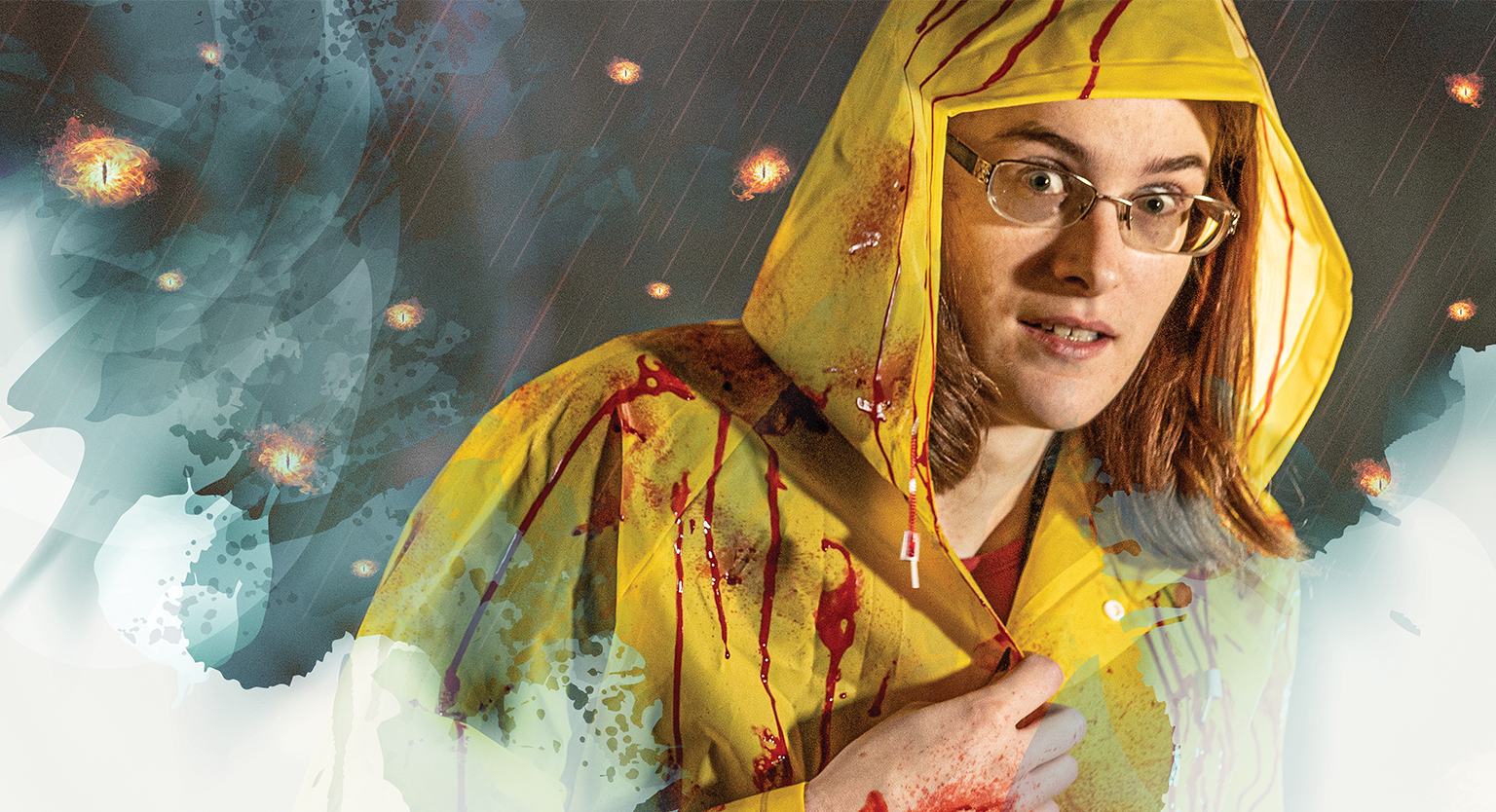
PROJECT LEAD:
Emily Szymanski, Game Art and Animation
COLLABORATORS:
Lyndsey Boggs, Game Design, Game Programming
Christian Vece, Game Art and Animation
Music in Me: Mega Melody is an educational game dedicated to teaching grades 3-5 ear training and site-reading.
Ear training and site-reading are typically taught in middle and high school. This game teaches an essential skill for band, orchestra and choir to elementary school aged students.
READ THE FULL ARTICLE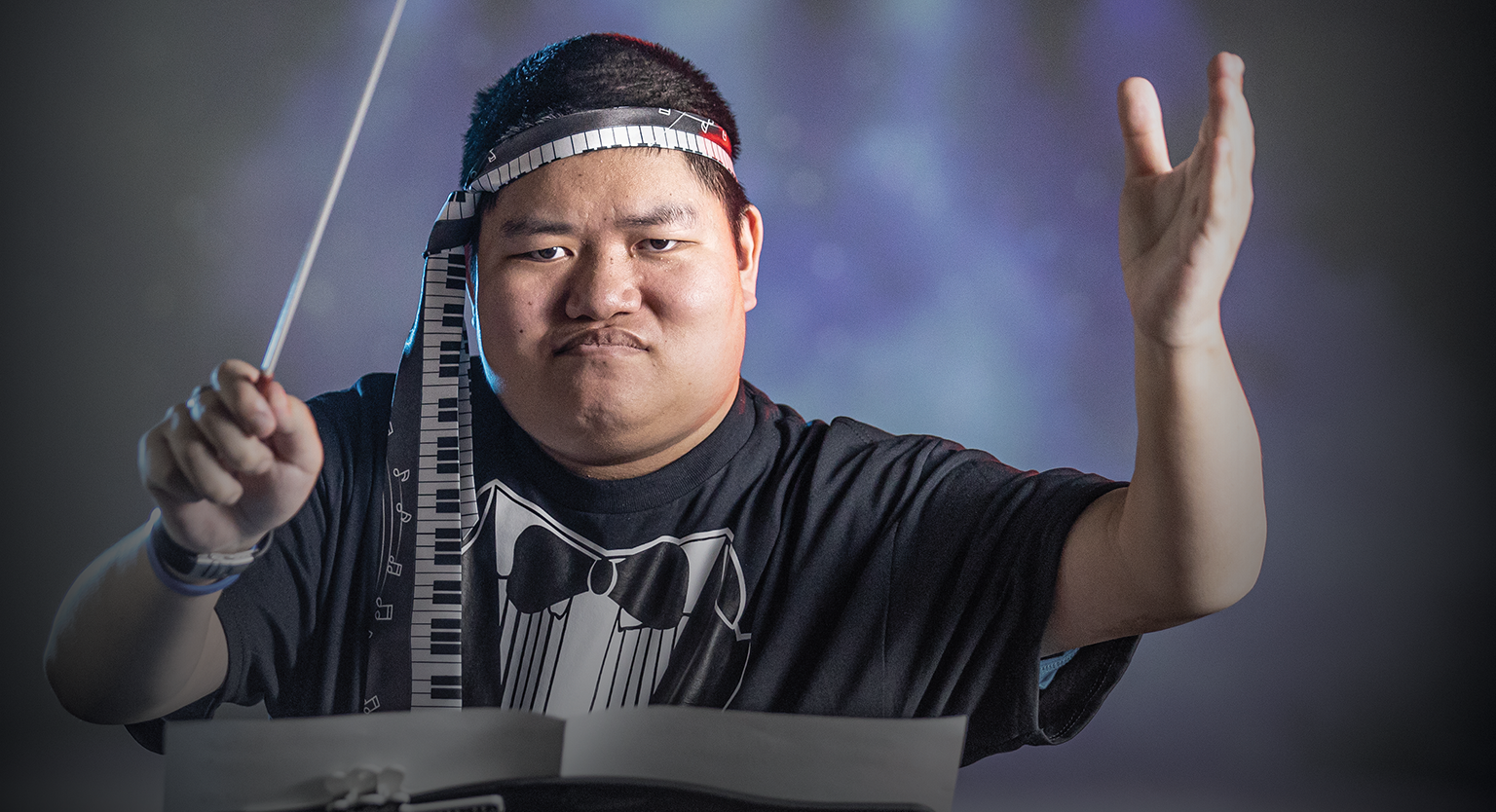
PROJECT LEAD:
Sam McKinley, Game Programming
Reach My Rainbow is an educational game about color and color theory geared towards children and intended to be used in elementary art classes. There are 10 levels that teach different aspects of art through structured lessons, activities and rewards.
There are many educational games for math, science, reading and foreign languages, but these games are sorely lacking when it comes to teaching art and color theory to children. This app offers a fun solution to bring heartier color theory curriculum into art classes.
READ THE FULL ARTICLE
PROJECT LEAD:
Aubrey Dahl, Advertising Art
COLLABORATORS:
Amanda Grose, Robotics and Embedded Systems
John Leddon, Advertising Art
Christopher Parness, Digital Video
Alexis Serpas, Network Security
Jonathan Sherwood, Game Design
Jaime Zamora, Virtual Reality
In Art is a 3D environment that recreates famous paintings for users to explore while gathering knowledge related to the artwork. Recreation of paintings includes matching the layouts, lighting, and mood to the original art style by imitating painting techniques through texturing.
Classic paintings are reimagined with modern day technology, enabling users to explore and learn about the paintings of Van Gough in a 3D world.
READ THE FULL ARTICLE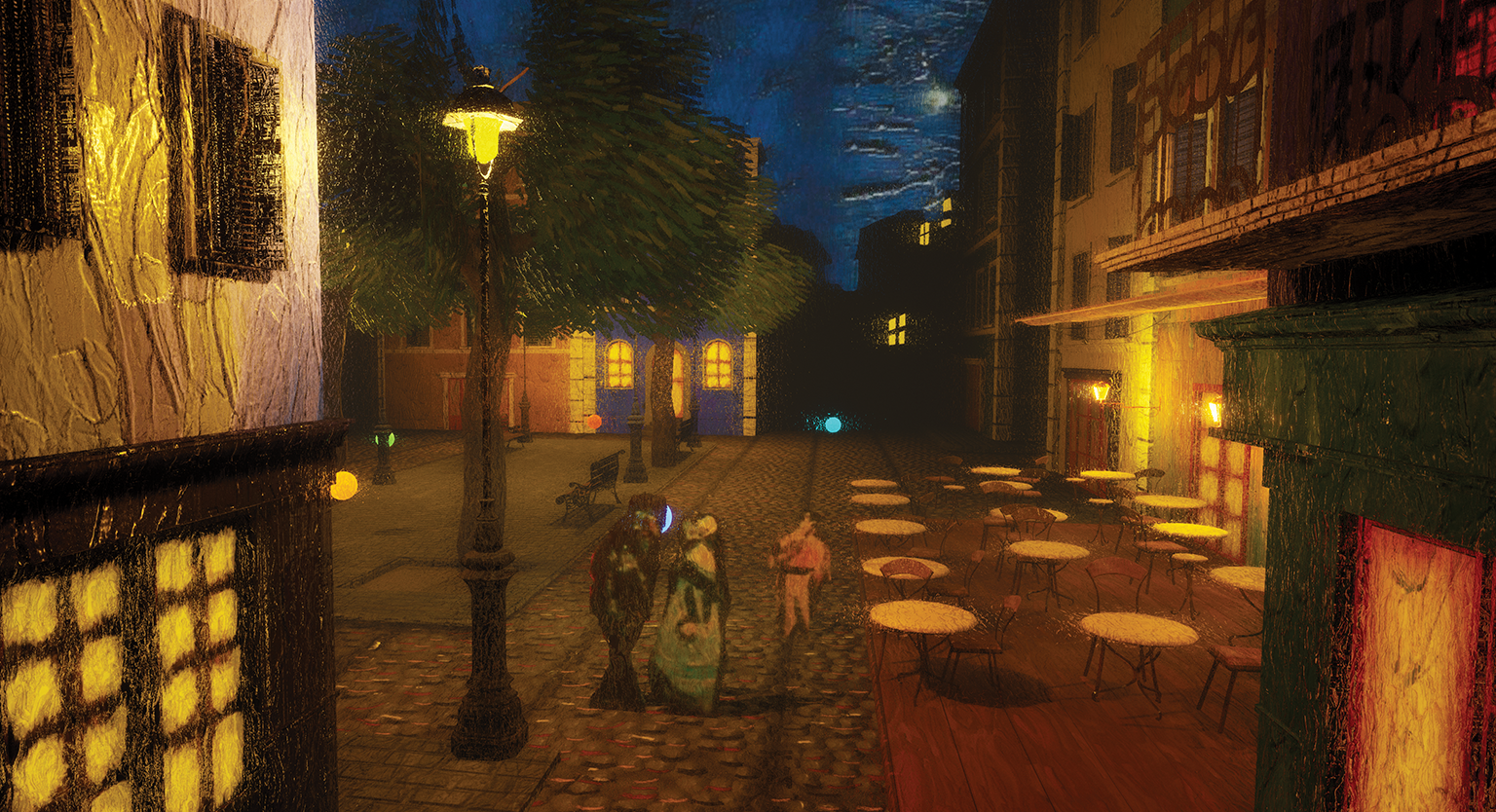
PROJECT LEAD:
Alessandra Caballero Sosa, Game Art and Animation
Can’t decide which concert to attend? The Underground is a mobile app that uses your location to show venues near you and recommend new bands based on music you already like.
With the sheer number of social media platforms, it can be hard to decide which shows to attend. This app takes the guessing out of the game by recommending shows close to you based on what you like.
READ THE FULL ARTICLE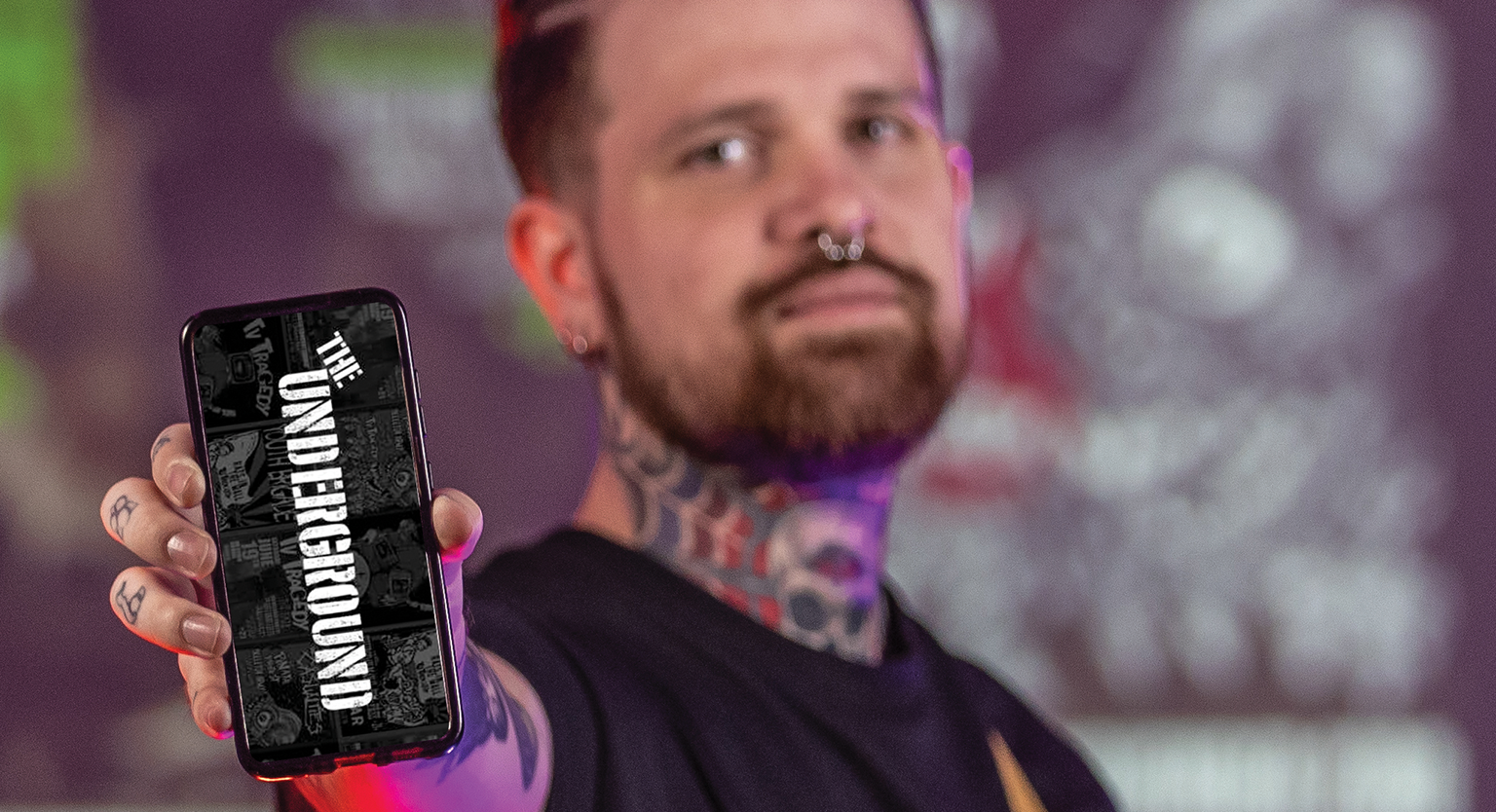
PROJECT LEAD:
Joe Parisia, Advancing Computer Science, Artificial Intelligence
COLLABORATORS:
Michael Hinsberger, Advancing Computer Science
AME: Astute medical Environment enables medical devices to connect to a localized network, making them IoT devices and displaying information on the patient’s record. This allows for faster and more comprehensive diagnosis controlled through a network gateway.
By giving medical devices this functionality, doctors can activate devices and access device data in an easy-to-use interface, creating an IoT ecosystem for the medical industry.
READ THE FULL ARTICLE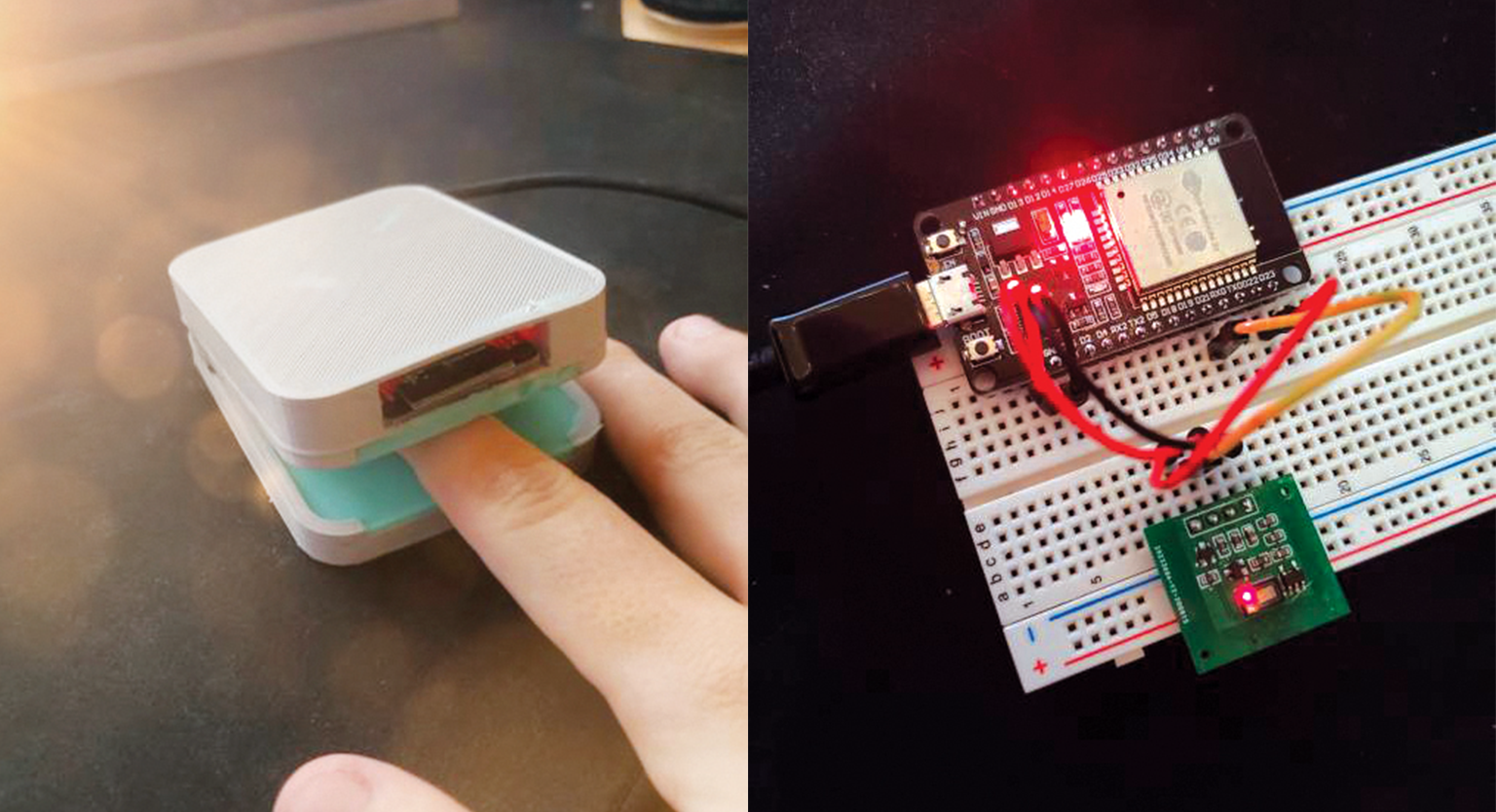
PROJECT LEAD:
Garren Koller, Robotics and Embedded Systems, Digital Maker and Fabrication, A.S. Data Science, A.S. Artificial Intelligence, A.S. Advancing Computer Science
Easy Rearranging is an interior design app that provides users with a way to rearrange their furniture in less time. The app is designed to allow users to send in the measurements of their room(s) and furniture, which enables the app to create digital layouts of arrangement possibilities.
This app enables users to redesign their space without lifting a finger.
READ THE FULL ARTICLE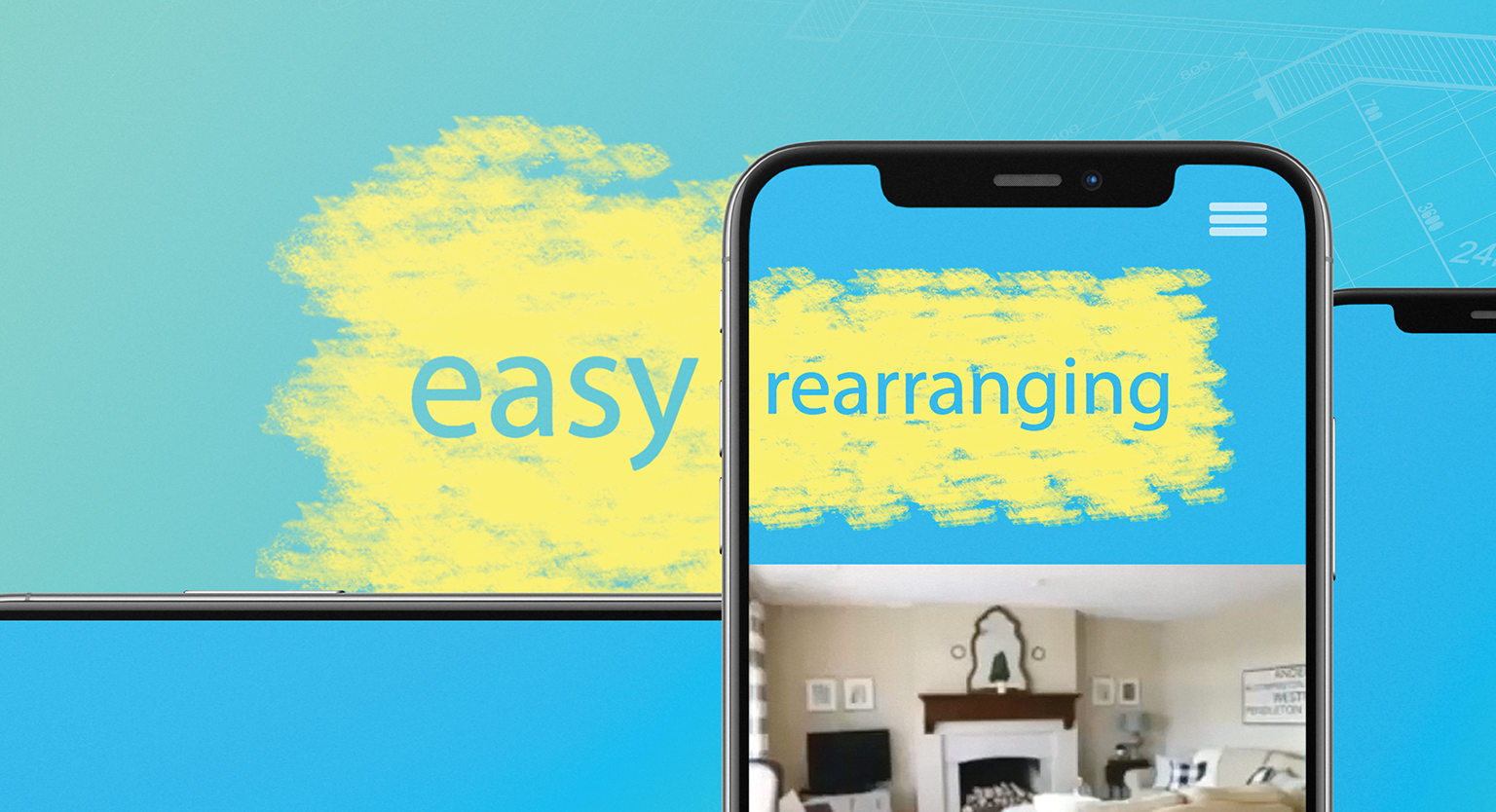
PROJECT LEAD:
Audra Jackson, Advertising Art
Creators of the Dark is a co-op horror game featuring live interactive features. Users on streaming platforms can connect their game, enabling viewers to participate and play alongside the streamer. Each viewer has a role and ability based on their status and ranking within the streamer’s chat.
Currently, there are only a few interactive games that support Twitch interactivity, but most of these games rely on viewers voting and inspecting the results. This game enables viewers to participate rather than just spectating.
READ THE FULL ARTICLE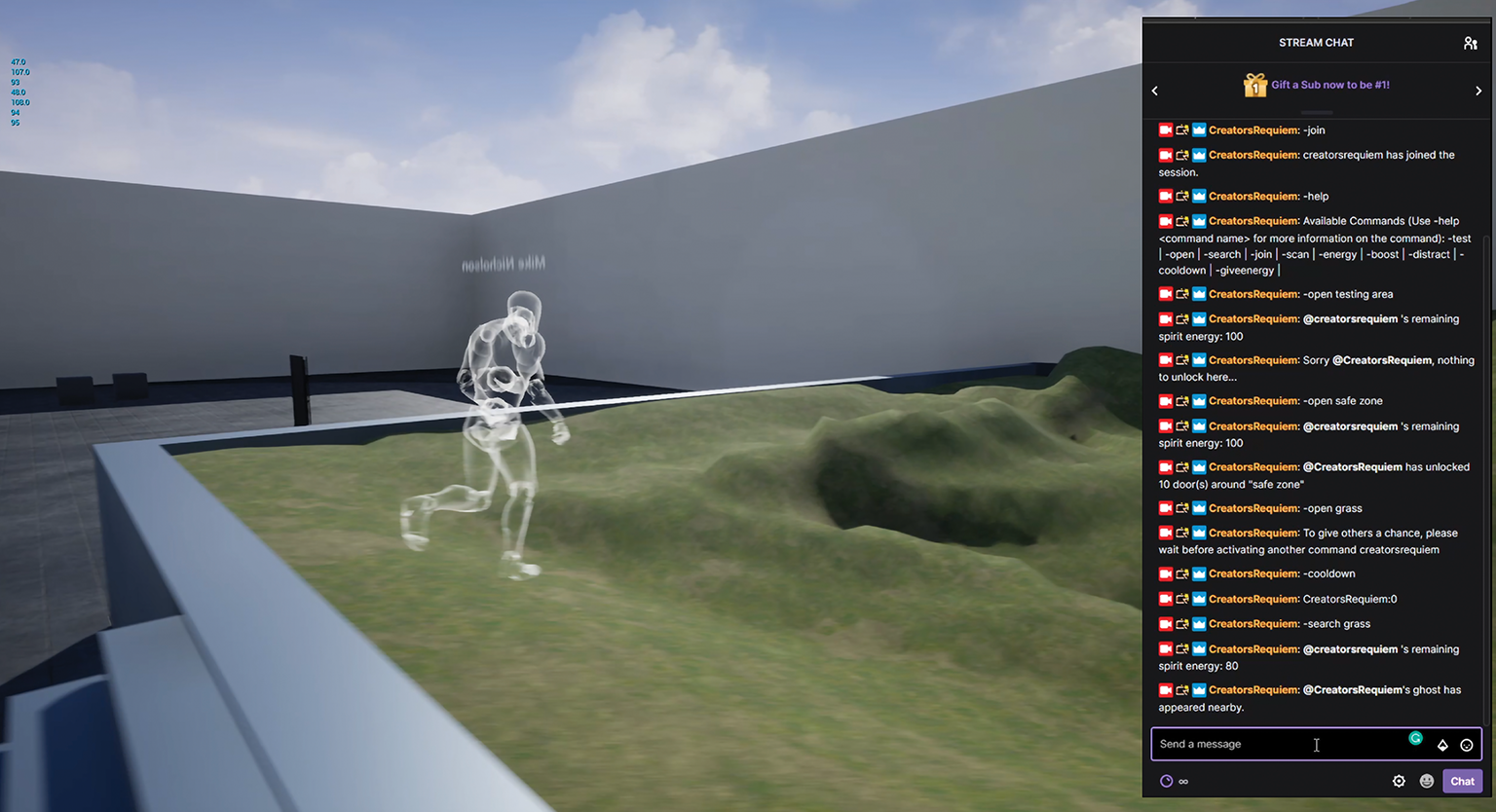
PROJECT LEAD:
Michael Nicholson, Game Design, Game Art and Animation
H@xc0rd is a simple yet powerful Discord bot for the utilization of common tools prevalent to the network security field, all without the need to understand Linux. Tools within the bot have their own custom-built help section to guide users through understanding what the tool is, how to use it and how to use the results gained from it.
H@xc0rd is free and open source, and can be hosted on every operating system, making it simple to use common network security tools, even if you’re not a Linux expert.
READ THE FULL ARTICLE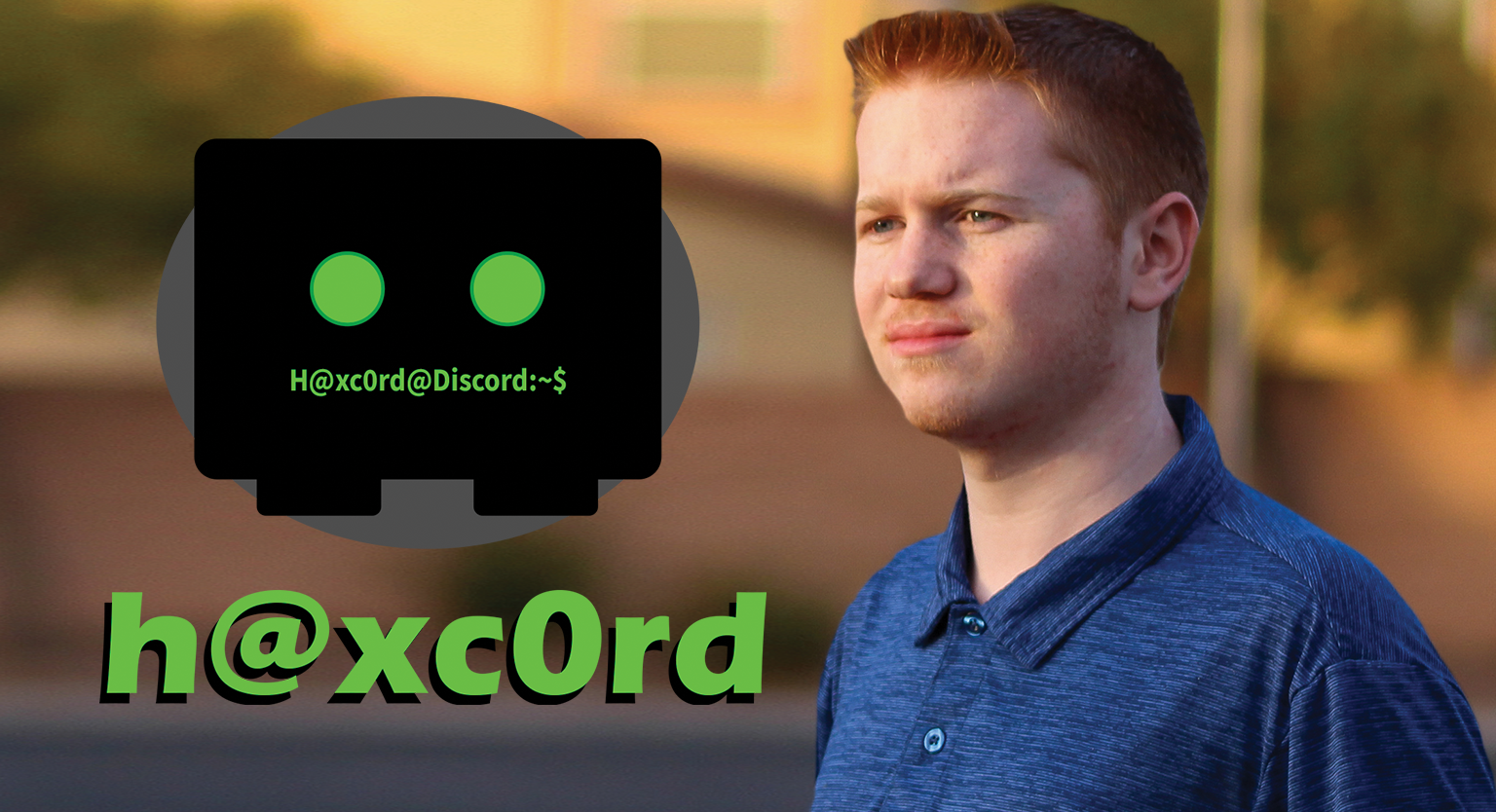
PROJECT LEAD:
Bradley Chavis, Advancing Computer Science, Network Security
COLLABORATORS:
David Austad, Network Security
Smart House Security provides underutilized methods and tools for security of everyday IoT environments through a less expensive means of network segmentation, which is vital for the future and creates a demilitarized zone for the IoT devices.
Smart House Security is a budget solution to network segmentation for widespread home use of IoT networks.
READ THE FULL ARTICLE
PROJECT LEAD:
Andrew Maddox, Network Security
COLLABORATORS:
Ke’Ondrae Mell, Robotics and Embedded Systems, Digital Maker and Fabrication, A.S. Data Science, A.S. Artificial Intelligence, A.S. Advancing Computer Science
IoT.io is an Internet of Things device communication framework designed to make IoT development easier when designing IoT solutions and systems. This enables even hobbyist developers to get into IoT development without experience in networked device communications.
This first of its kind IoT-focused ecosystem of management libraries is easy to implement without prior knowledge and allows developers to focus more on their devices and user experience, rather than communication details.
READ THE FULL ARTICLE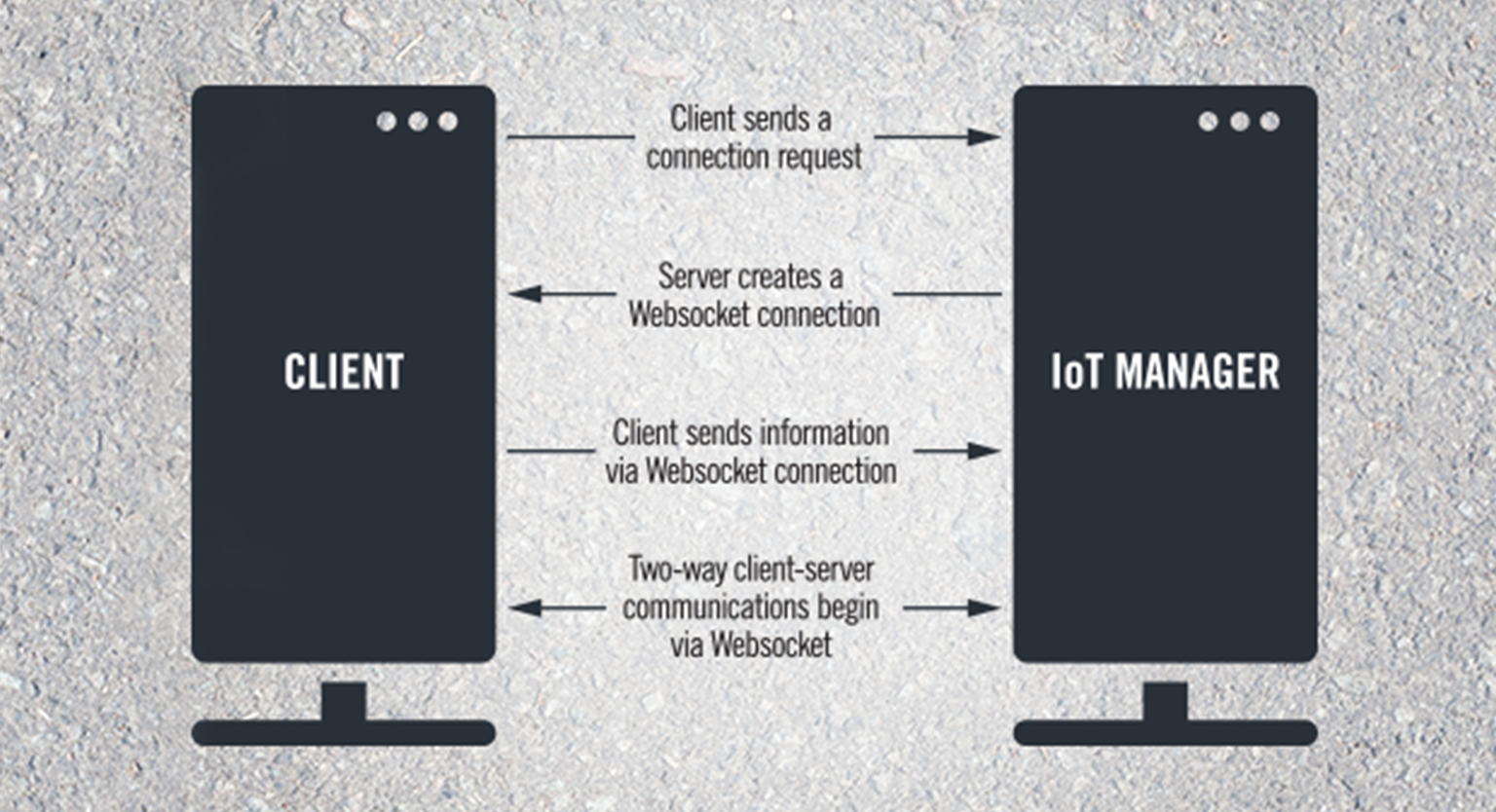
PROJECT LEAD:
Dylan Crockett, Advancing Computer Science, Artificial Intelligence
Project Transition makes it easy for game programmers to implement character model changes as players approach NPCs. Within the game environment, players see monsters in the distance, but as they get closer, the NPC morphs into a human form. Using the LOD technique, game objects appear and disappear as the camera comes closer or moves away from the game object, this is applied to transitioning character models.
Using the LOD system makes it easier and more efficient for game programmers to implement transitioning 3D character to different models as the LOD levels change within the video games.
READ THE FULL ARTICLE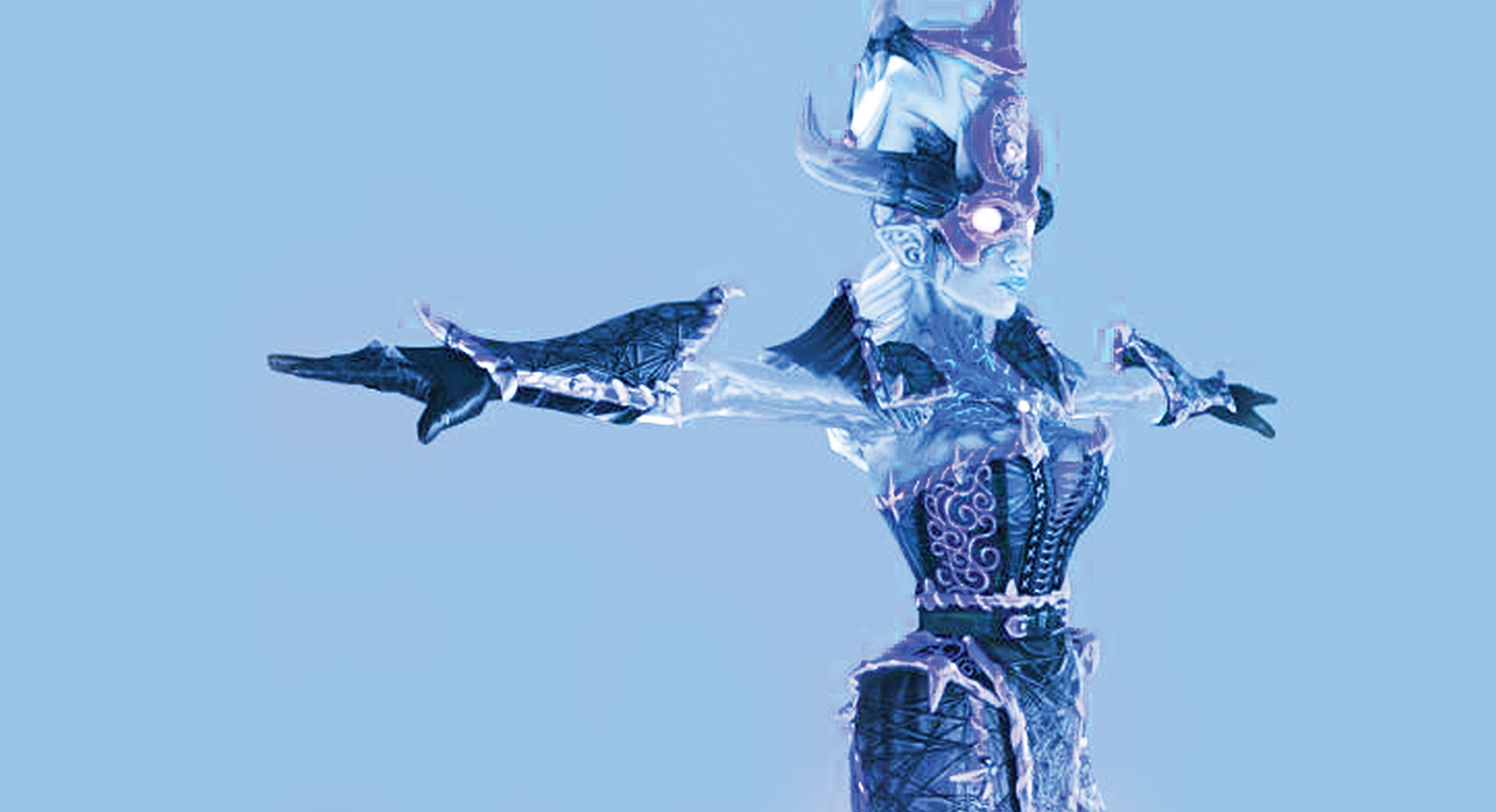
PROJECT LEAD:
Josue Espinoza Beltran, Game Programming
COLLABORATORS:
James Cortezano, Game Art and Animation